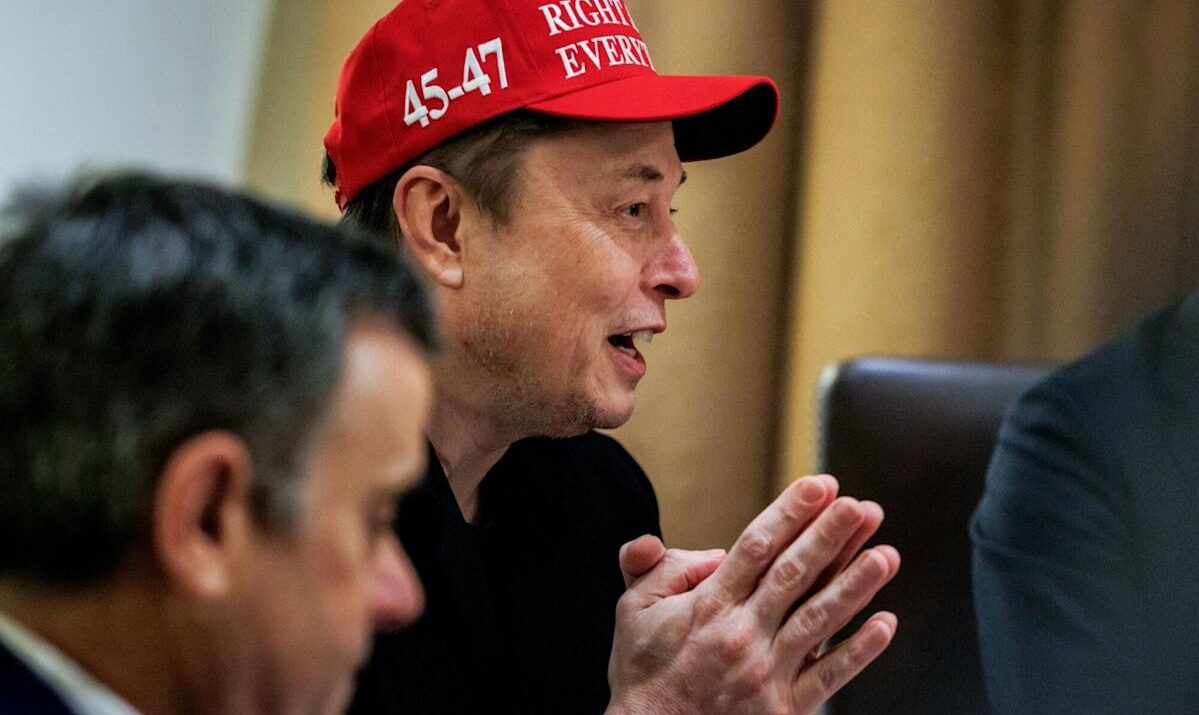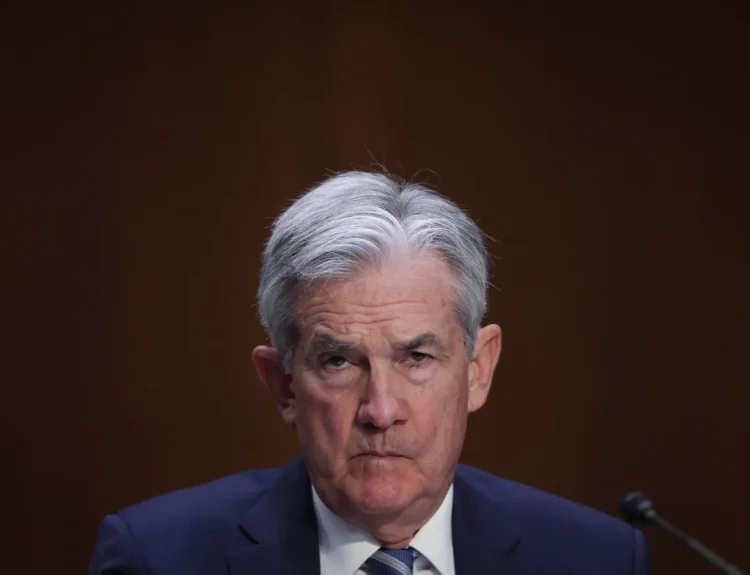After a whirlwind 130-day stint as head of the Department of Government Efficiency (DOGE), Elon Musk announced he will step down at the end of May — leaving behind a claimed $1 trillion reduction in the U.S. deficit and a legacy of deep disruption in federal spending.
Musk, who was appointed as a special government employee in the Trump administration, led a small, Silicon Valley-style task force with a bold mission: eliminate waste, fraud, and bureaucracy across federal agencies. According to DOGE’s official site, Americans have already saved $130 billion, or $807 per taxpayer, as a result.
DOGE by the Numbers
- $1 trillion: Targeted deficit reduction
- $130B: Savings so far (as of March 27)
- 130 days: Musk’s total time in the role
- 15%: Projected cut in government spending without affecting key services
A Self-Styled Government “Revolution”
Calling the experience a “revolution”, Musk told Fox News:
“I think it might be the biggest revolution in government since the original revolution. At the end of the day, America’s going to be in much better shape. It’s going to be a fantastic future.”
DOGE’s seven-member team, made up of engineers and executives, took aim at bloated agency spending, including federal employee headcount and contract bloat. One of their more controversial findings? The federal government was operating 4.6 million credit cards — almost double the number of employees.
“Clearly there should not be more credit cards than there are people,” Musk said, calling the situation “absurd.”
DOGE member Steve Davis added: “Do you need all of these credit cards? Are they being used? Can you tell us physically where they are?”
Targets: A 15% Spending Cut
Musk said his team approached the job with laser focus:
“We want to reduce spending by eliminating waste and fraud and reduce spending by 15 percent, which seems really quite achievable.”
Despite praise from budget hawks, DOGE has drawn criticism from lawmakers who argue the team wielded too much power without congressional oversight. Reports have surfaced of federal contracts being canceled and entire programs shut down without legislative approval.
Musk pushed back:
“They may characterize it as shooting from the hip, but it is anything but that. We measure twice, if not thrice, and cut once.”
Still, he acknowledged that mistakes were inevitable:
“If we were to approach this with the standard of making no mistakes at all, that would be like saying someone in baseball has got to bat a thousand. That’s impossible. So when we do make mistakes, we correct them quickly and we move on.”
The Exit Plan
Musk confirmed he will not extend his 130-day government term, stating:
“I think we will have accomplished most of the work required to reduce the deficit by a trillion dollars within that time frame.”
His exit comes just weeks after attending a Trump cabinet meeting wearing a hat reading “Trump Was Right About Everything.”
Whether seen as a visionary act or an overreach of power, Musk’s short time in government has already made a big fiscal and political impact. As he steps back into the private sector, DOGE’s legacy — and the trillion-dollar question — will be whether this model of tech-led governance sticks.
Related:
Trump’s ‘Liberation Day’: What to know this week
Trump says he’s ‘very angry’ and ‘pissed off’ at Putin
Trump threatens to bomb Iran if it doesn’t agree to nuclear deal
Elon Musk’s xAI buys his social media platform X
Trump was supposed to unlock IPO market, but CoreWeave debut reflects ongoing skepticism
Nothing is black and white in the AI world
These Cars May Be More Expensive Under Trump’s Auto Tariffs
What Analysts Think of Tesla Stock Amid Tariff Tensions, Global Pressures, and Elon’s New Warning
Trump’s Auto Tariffs: Here’s How Every Major Carmaker Could Be Affected
Tariff Updates: Trump threatens ‘far larger’ tariffs
Here Are Attack Plans That Trump’s Advisers Shared on Signal
Nvidia’s China sales face threat from Beijing’s environmental curbs
Auto Stocks Fluctuate Amid Anticipation of New Trump Tariffs










